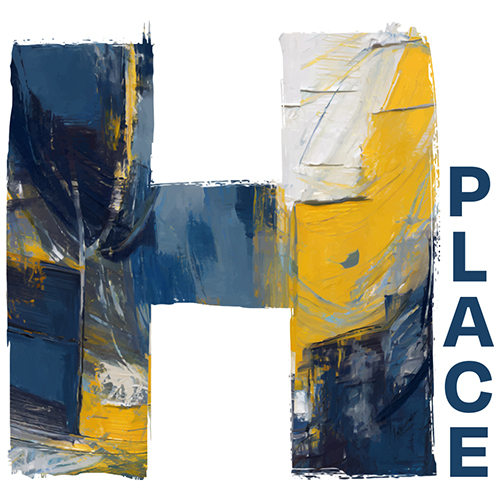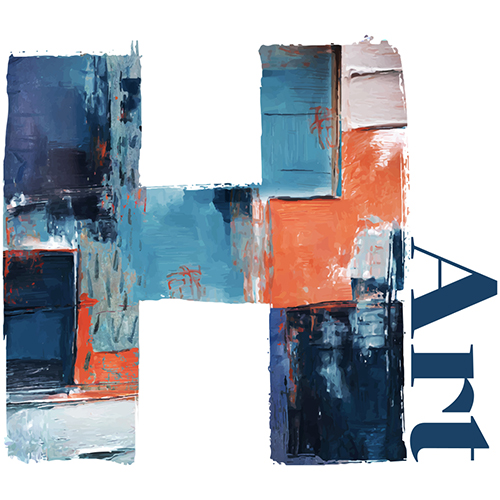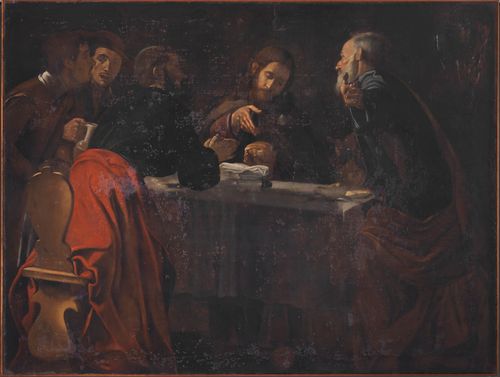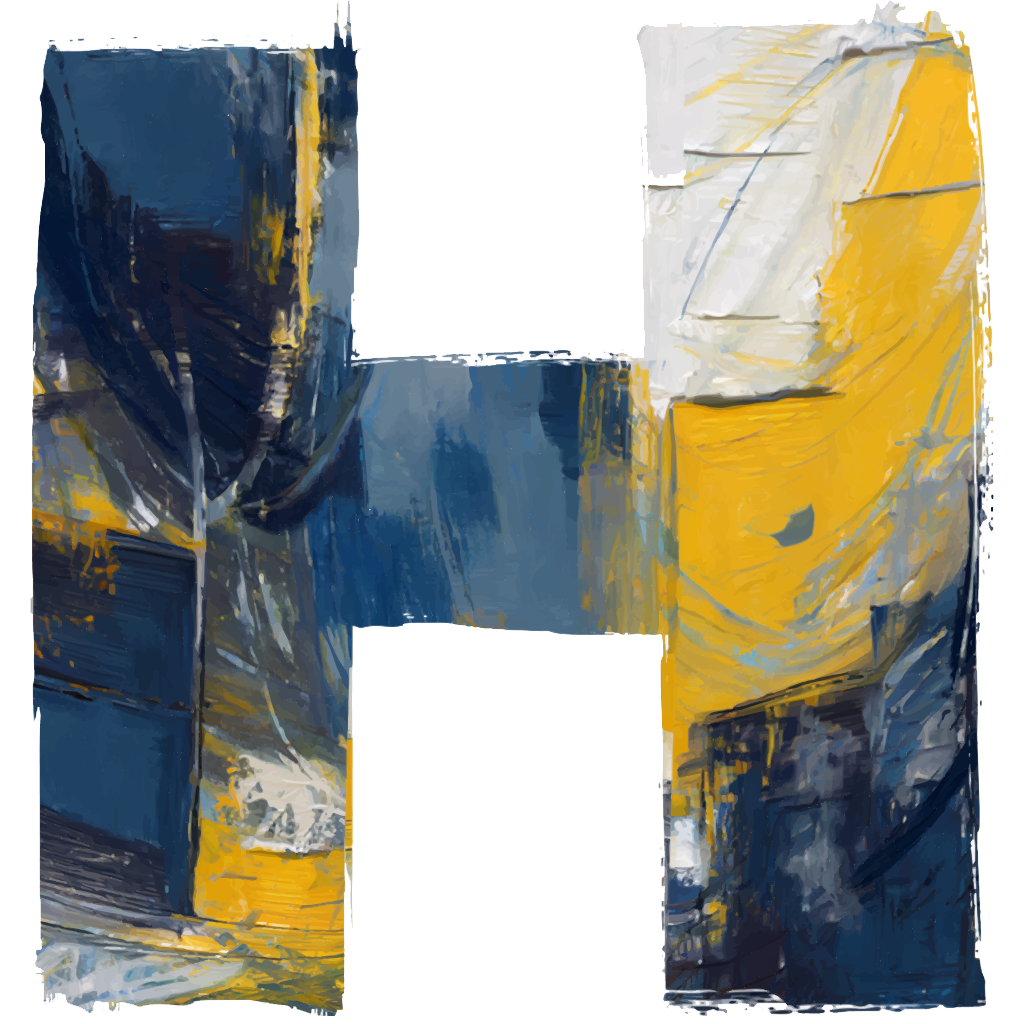Held in high regard by a very young Roberto Longhi, who long believed it to be by Caravaggio, this Supper at Emmaus enjoyed a moment of glory at the 1951 exhibition dedicated to Merisi where it was displayed with attribution to the Lombard master (Caravaggio Exhibition 1951, p. 25, cat. 24). The scant lines of the catalog gave an account of the oscillation of critics on the work, particularly the judgment of Mauceri (1924-1925, pp. 568-569) who on the basis of the analysis of the style and local periegetic had decisively pronounced the name of Rodriquez as the author of the painting; a proposal reinforced over time by Bottari (1934), Brandi and Urbani (1951), Moir (1962; 1967), Causa (1972), Marini (1974) and especially Negri Arnoldi (1977) and Campagna Cicala (1984) who well contextualized its poetic scope within Rodriquez’s path.
The painting’s fortune is due in large part to its dependence on Caravaggio’s Supper at Emmaus preserved at the National Gallery in London, executed for Ciriaco Mattei (L. Testa in Caravaggio 1995, pp. 118-119, cat. 1), to its dazzling form innovations emerging into the light as it approaches the foreground. And precisely to Rodriquez, Moir, Zeri, Marini and Savina have attributed saz(with little luck) at least three copies of the London Supper at Emmaus (see Savina 2013, pp. 136-137, with bibl.; Marini 1984). Moreover, it should not be overlooked the hypothesis that the Messina master had been able to see the splendid copy possibly made by Prospero Orsi, which probably arrived in Sicily through the offices of Cardinal Ludovico II de Torres and is now kept in the Regional Gallery of Palazzo Abatellis (Abbate 2009).
While the relationship with Caravaggio’s famous prototype is unquestionable, it is equally true that Rodriguez’s painting presents a very different spatial conception in the choice to place the table around which the protagonists of the event are seated diagonally. Even the sharp use of light betrays a personal, studied interpretation; it is not a matter of simple light/shadow contrast. The result is a temporal dimension in the making (where in the London painting, time is as it were suspended) with the action beginning with the amazed expressions of the hosts, pausing on the moment when Christ makes himself known to the disciples by blessing and breaking the bread, repeating the gesture of the Eucharist (Gospel of Luke, 24: 30-35), and concluding in the disciple on the right with his arms spread wide (a posture taken straight from the London painting). Authentic still-life pieces are the bread, the carafe of wine, and especially the knife on the edge of the table, a piece of true painterly virtuosity. The one of Rodriquez is a realism based on optical perception, aimed at representing the visible by suggesting the tactile texture of things, the physical consistency of objects (the chair, the tablecloth, the jugs, the knife, the carafe). His principle of truth and not verisimilitude makes us say that he was the only faithful follower of Caravaggio in Sicily, certainly more so than Minniti who was also a friend of Caravaggio.
Little is known about the painting’s remote vicissitudes; the proposed provenance from the Ruffo collection is currently unconfirmed (Consoli 1980, pp. 42-43; Marini 1981-1982, p. 34). It was likely a pendant to the Incredulity of St. Thomas with which it shares the same dimensions and recent provenance (Campagna Cicala 2001 pp. 152-153, cat. 22-23).






